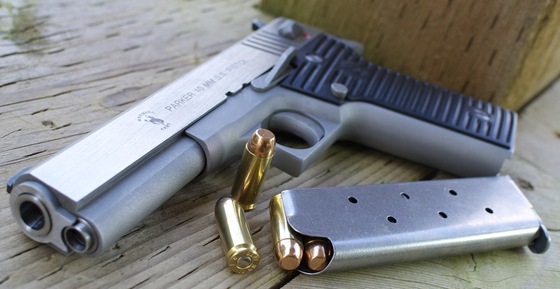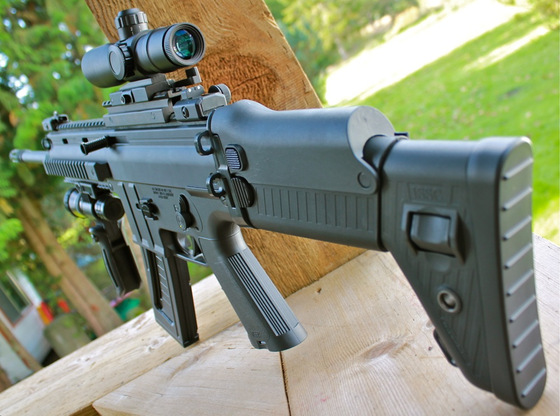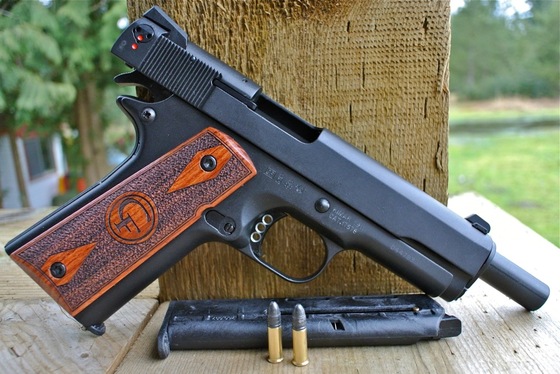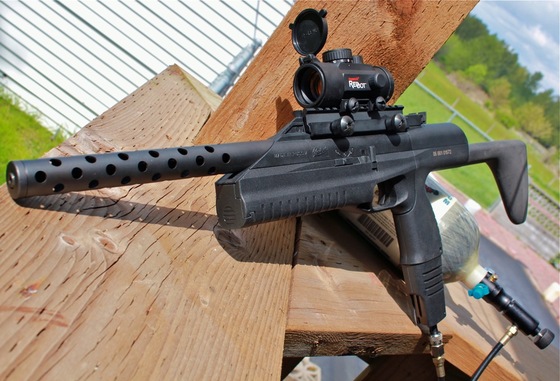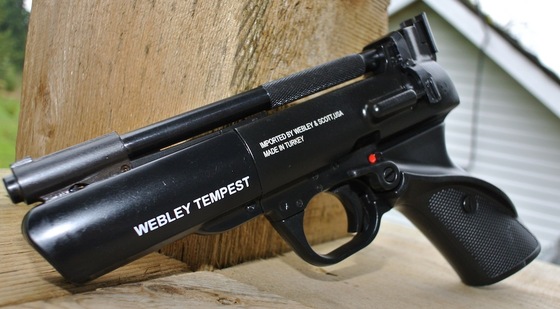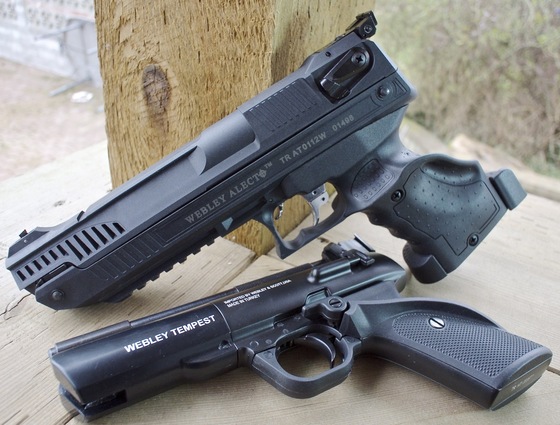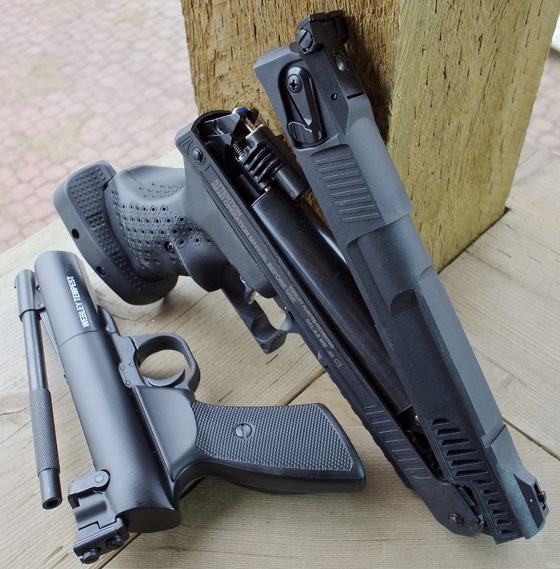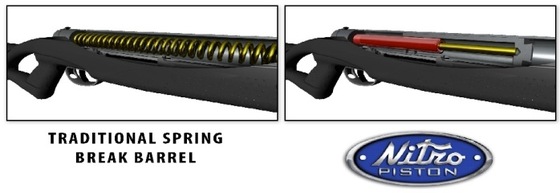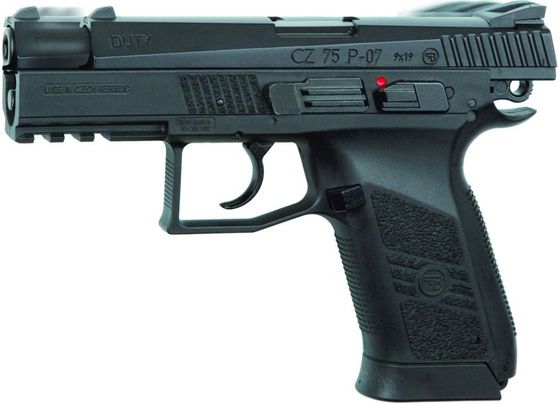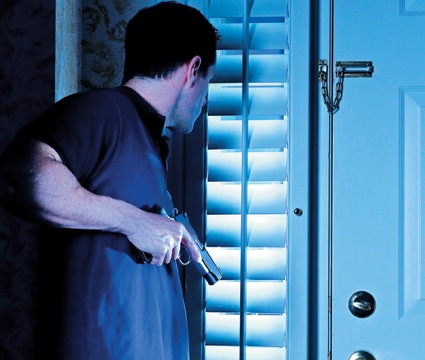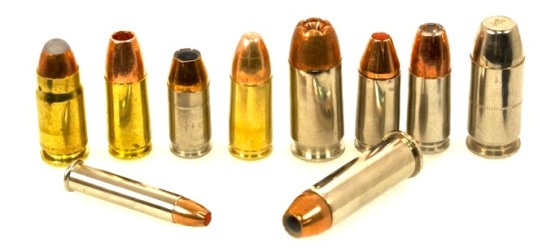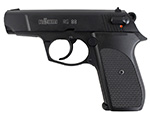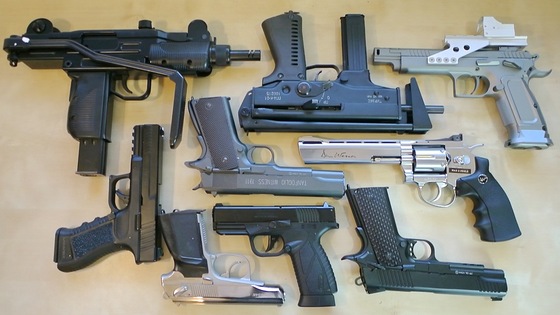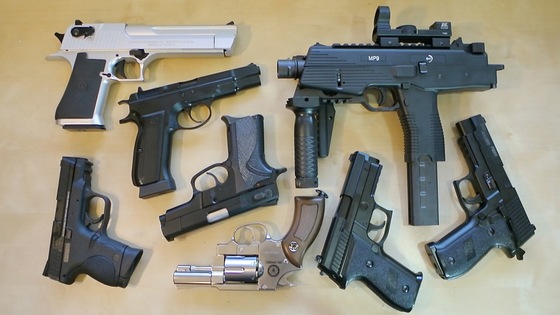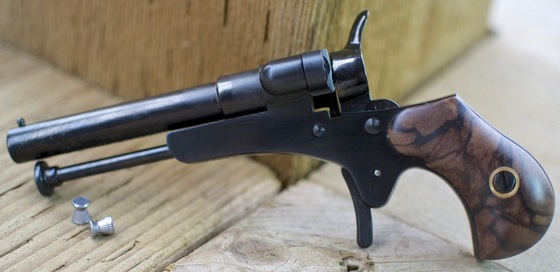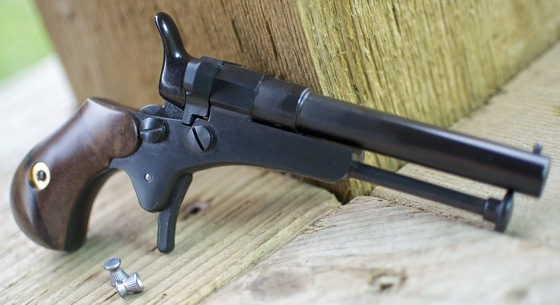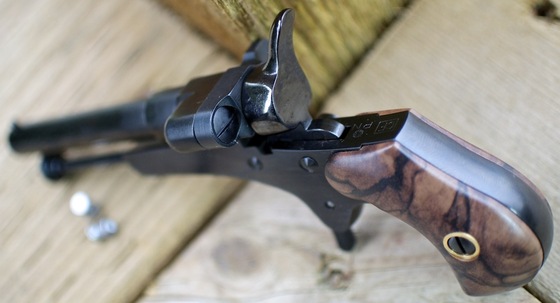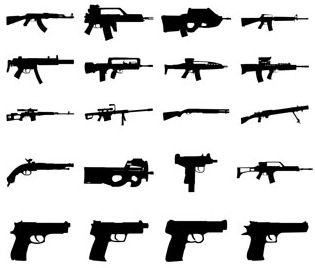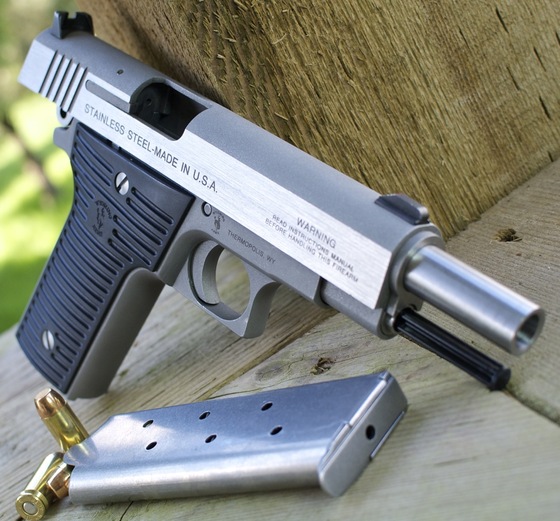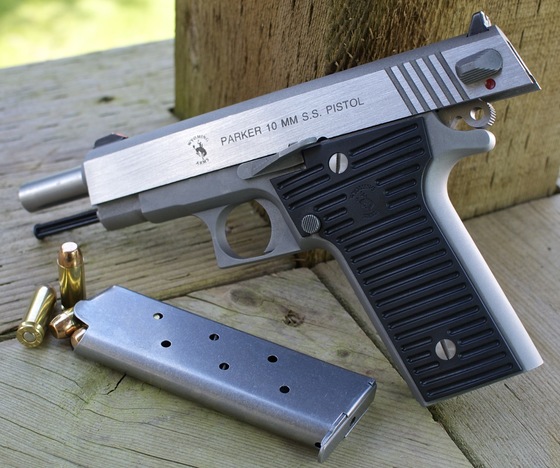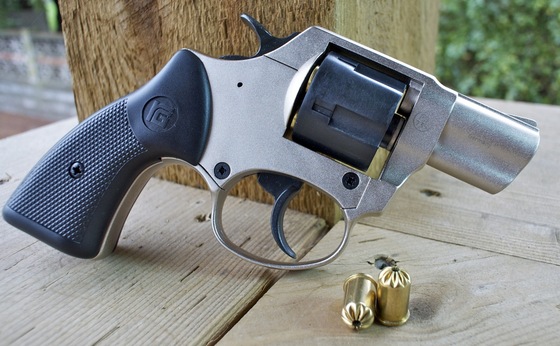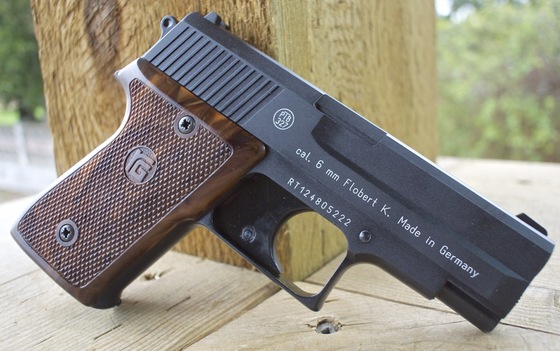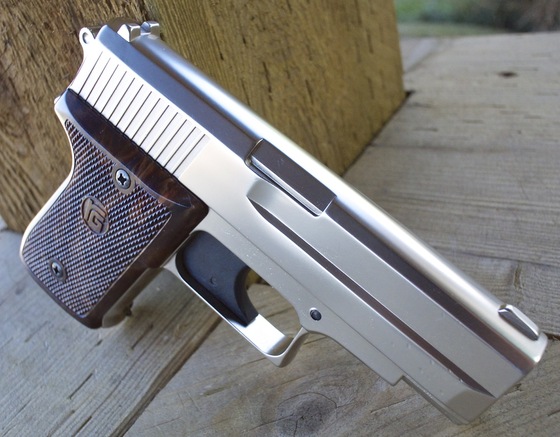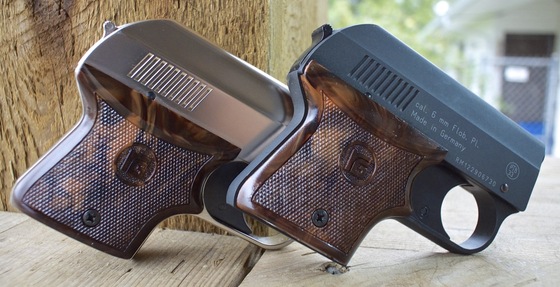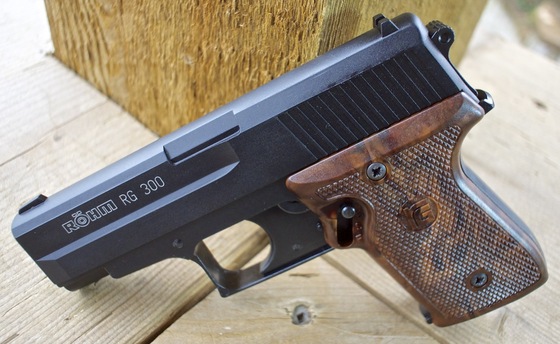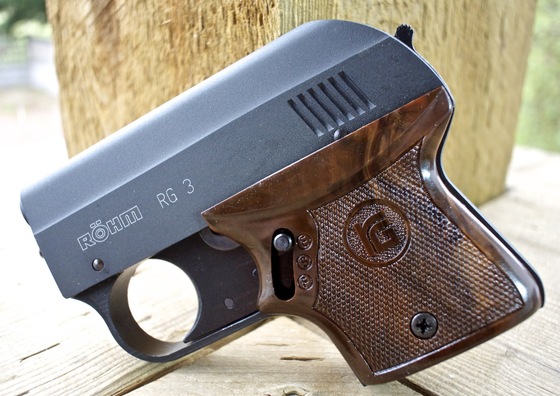This Article and Video expresses my views and opinions on this matter and should not be taken as legal advice.
Main points covered:
Uncontrolled Firearms do not require a Firearms License within Canada to own and operate.
What is an Uncontrolled Airgun and Airsoft Gun?
What is an Uncontrolled Blank Gun / Starter Pistols?
What about Fully Automatic Airguns and Airsoft Guns?
What about Replica Guns?
NOTE: Controlled Firearms require a POL (Possession Only License) , PAL (Possession Acquisition License) or R-PAL (Restricted Possession Acquisition License) within Canada to own and operate.
MEMORANDUM D19-13-2
Firearm – a barreled weapon from which any shot, bullet, or other projectile can be discharged and that is capable of causing serious bodily injury or death to a person, and includes any frame or receiver of such a barreled weapon and anything that can be adapted for use as a firearm.
“Uncontrolled”firearms are those devices that, although falling within the definition of a firearm in the Criminal Code, are exempt from specific legal requirements of the Firearms Act and its regulations, as well as from other legislative provisions. “Uncontrolled” firearms should not be subdivided into any of the non-restricted, restricted, or prohibited classes. The following types of firearms are deemed “uncontrolled”:
Flare, blank, rivet and industrial guns: Any device that is designed exclusively for signaling, for notifying of distress, or for firing blank cartridges or for firing stud cartridges, explosive-driven rivets or other industrial projectiles, provided that the importer intends to use it only for the purpose for which it is designed.
NOTE: (Toy guns and starter pistols do not generally qualify as firearms. However, some toy or model guns and starter pistols may be designed with very realistic mechanisms or appearances (e.g., color, size, scale, translucency) and resembling a real make and model of a firearm. In such cases, they may be considered replica firearms even if they are made of plastic, die cast zinc, or other material.)
Low muzzle velocity/energy guns: Any barreled weapon that is not designed or adapted to discharge projectiles at a muzzle velocity exceeding 152.4 meters per second (500 feet per second) and at a muzzle energy exceeding 5.7 Joules, or to discharge projectiles that are designed or adapted to attain a velocity exceeding 152.4 meters per second (500 feet per second) and an energy exceeding 5.7 Joules. Both thresholds of 152.4 mps and 5.7 Joules must be exceeded for the firearm to be considered “controlled”. This requirement exempts firearms that fire below the threshold velocity with a standard projectile, but exceed the threshold velocity when fired with a high-velocity projectile.
Airsoft guns and certain types of paintball guns or markers may qualify as a replica firearm, if the muzzle velocity of the projectile does not cause serious bodily harm and their external features are clearly designed to resemble a specific and readily identifiable make and model of a firearm. To be considered a firearm, within the meaning of the Criminal Code, an airsoft gun must have a muzzle velocity in excess of 111.6 meters per second (366 feet per second).
NOTE: This memorandum used to state when using a .20 gram BB but does not specify this BB weight anymore?
NOTE: The term air gun is a colloquial term referring to BB or pellet guns. Such guns operate either as spring- powered, gas-powered, or electrically powered. If the muzzle velocity of the air gun is less than 152.4 mps (500 fps)/5.7 joules but still able to cause serious bodily injury to a person, it may be considered an “uncontrolled” firearm. Airsoft guns and certain types of paintball guns may qualify as a replica firearm (see paragraph 49 of this memorandum).
Replica firearms:
“Replica firearm” is defined as any device that is designed or intended to exactly resemble, or to resemble with near precision, a firearm, and that itself is not a firearm, but does not include any such device that is designed or intended to exactly resemble, or to resemble with near precision, an antique firearm.
For a device to be a replica firearm it must meet all three requirements:
(a) it cannot be a firearm, meaning it does not discharge a projectile with sufficient energy to cause serious bodily injury or death to a person. If the device is a firearm, then it cannot be a replica firearm (and vice versa);
(b) it must resemble exactly, or with near precision, a real existing firearm of an identifiable make and model. With respect to visual examination, note that the maximum observing distance is one at which the equivalent make and model of the firearm can be identified. This distance will vary from one firearm make to the next. For example: A Luger pistol has a very distinctive silhouette as compared to other makes and is therefore more readily identified from further away. The examination of the object is something more than casual, but less than detailed. The device does not need to be so close that markings are identifiable; and
(c) it cannot be designed or intended to exactly resemble, or to resemble with near precision, an antique firearm.
RCMP Website "Air Guns"
1. Air guns that are "Controlled" Firearms for purposes of both the Firearms Act and the Criminal Code
These are air guns with both a high muzzle velocity (greater than 152.4 meters or 500 feet per second) and a high muzzle energy (greater than 5.7 joules or 4.2 foot-pounds). The "muzzle velocity" is the speed of a projectile at the instant it leaves the muzzle of a gun, normally expressed in meters per second or feet per second. The "muzzle energy" is the energy of a projectile at the instant it leaves the muzzle of a gun, expressed in joules or foot-pounds. Air guns need to meet both standards to be classified as "Controlled" firearms for purposes of the Firearms Act.
These high-powered air guns are subject to the same license and registration requirements as a conventional "Controlled" firearm. Owners and users are also required to store, transport, display and handle them safely in accordance with the regulations supporting the Firearms Act.
Usually, the manufacturer's specifications are used to determine what muzzle velocity and muzzle energy an air gun was designed to have. This information may be available in the user's manual or on the manufacturer's website. If the information is not available, individuals can call the Royal Canadian Mounted Police Canadian Firearms Program (CFP) at 1-800-731-4000 and ask to speak to a firearm technician to find out if the air gun is considered to be a firearm for purposes of the Firearms Act.
High-powered air rifles are generally classified as non-restricted firearms. However, the classification depends on the exact design of the air gun. Air rifles manufactured to resemble an assault rifle could be non-restricted, restricted or prohibited depending on the exact model imitated. High-powered air rifles would also be prohibited firearms if fully automatic or if they have a sawed-off barrel. They could also be restricted firearms if they have a folding stock that reduces the overall length to less than 660mm.
Additional thought on this subject: Even though Uncontrolled Firearms are not governed by the same laws that apply to Controlled Firearms within the Firearms act and do not need to be handled or stored similar in the same way you are required to handle, transport and store a Controlled Firearm, we need to treat our Uncontrolled Airguns, Airsoft Guns and Blank guns with care and go over and above what is expected when had handle, transport and store them.
